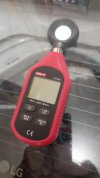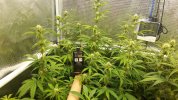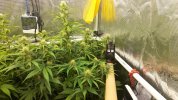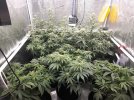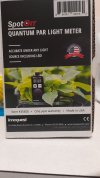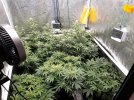The recommended values from Spider are a very good starting point. I recommend that you start there.
"just get it up to %100 as soon as possible..." - I would only recommend that you do that if you want a large, high quality crop.
The previous comment is completely tongue in cheek. If you search for my postings, you'll see that I'm a bit of a "one note Johnny" in the sense that I've killed a lot of electrons preaching the high light gospel.
A light meter, which is a good investment, will tell you how much light is falling on your plants. Only your plants can tell you how much light they can tolerate.
To that end, if you go with the manufacturer's recommended settings, you're off to a good start. However, a key to maximizing yield is to ensure that your plants are at the light saturation point, or as close as reasonable, and to get them there as soon as possible.
The recommended settings from manufacturers will probably not get you to that level. The logic behind this is that if a manufacturer published recommendations that end up causing a grower to give too much light to his plants (it does happen), the grower will, at the very least, contact tech support and complain but they will also tell their friends and/or write nasty comments on cannabis sites. That's very no bueno, so to reduce the chances of complaints, companies will tend to be conservative with their recommendations. All in all, you'll get a good crop but you'll be leaving a percentage of your crop "on the table".
The easiest way to get your plants to their light saturation point is to use a light meter and a Uni-T runs about $25.

